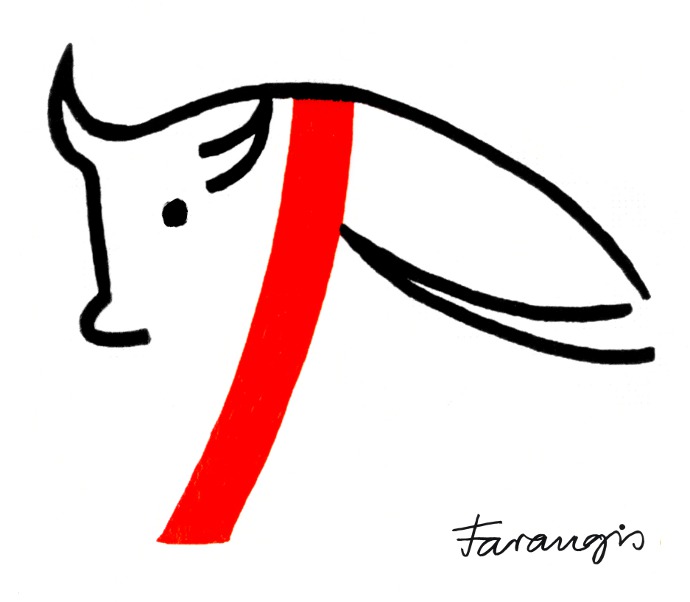New translation Ubayd i Zakani : The Mice and the Cat Muhaddis, Ali, Utas, Bo: The Mice and the Cat. 2011. 88p. (RAAS. Reports on Asian and African studies, ISSN 1404-0743; 3) 798-91-506-2200-3 http://iranianstudies.wordpress.com/2011/08/19/new-book-the-mice-and-the-cat/Continue readingAli Muhaddis and Bo Utas – Ubayd i Zakani : The Mice and the Cat (2011)
Category: Recommended
Speciesism and some form of aesthetics, they seem to inevitably go together, and this creates a major ethical problem. How do these two connect? Maybe because aesthetics can help to give an excuse to prolong a wrong stance that one is acting up to and is aware of doing so. Speciesism comprises the conscious element…Continue readingAesthetics, are yours real?
Everybody is individual in life or death. This is what I can see in the art of Rudimetary Peni singer Nick Blinko: http://www.deathrock.com/rudimentarypeni/main.html. I don’t fully understand why it’s such a “big deal” if someone has not studied arts, but is an artist. I know quiet a few people who have studied arts, but who…Continue readingDeath, and the Dead?
Torchy in Heartbeats “Jackie Ormes: The First African American Woman Cartoonist”: http://www.jackieormes.com/ a biography by Nancy Goldstein “Jackie Ormes’ cartoons often responded to events that were important to the black community, such as the brutal murder of 14-year-old Emmett Till in Mississippi. Till was killed in 1955 for allegedly whistling at a white woman.” From…Continue readingJackie Ormes, brilliant cartoonist
Gee Vaucher on 96gillespie.com http://www.96gillespie.com/artists_profiles/vaucher.htm (the link doesn’t work anymore unfortunately) Here is an alternative link, but at another venue: http://www.alice-wonderland.net/bracketpress/EXHIBITIONS/liverpool.html See works of Gee Vaucher on 96gillespie. I always admired her work (since I became a huge fan of the famous Crass in 1983 I guess). Gee’s ART is so critical, political and aesthetically…Continue readingGee Vaucher on 96gillespie.com
